I have to admit I had never heard of the Grass of Parnassus. That was until I rang my friend, neighbour and go-to expert on all things flora and fauna, Beatrice Groves, to check on timings for a wild flower walk she had agreed to take me on. An excited voice greeted me from the end of the phone. She’d seen on Twitter that what I now know to be a tiny white jewel of a flower with a name that conjures up visions of sun drenched Elysian mountainsides, (it’s not a grass despite its label) had been spotted rather incongruously just inside the Oxford ring road. We were to become plant detectives and go in search of it.
“Some of my favourite flowers are linked to holiday places I particularly loved as a child,” says Bea as she leads me through a Fifties council estate near the Slade in Headington, and then into a secret, sunlit woodland, the trees still diamond-shiny with rain from the night before. “Grass of Parnassus is one of those flowers. I only ever came across it in the Lake District, so seeing it takes me back to that special holiday time.”
Bea, splendid in large straw hat, might be mistaken for a Victorian explorer if it wasn’t for her trainers and trusty Lumix Leica camera. Her felted bag, she explains, is made from one half of a jumper knitted by her grandmother. Bea herself is a distinguished English fellow and tutor at Trinity College Oxford. She’s written books on Shakespeare and the Bible, and most recently on ‘Literary Allusion in Harry Potter’, which has deservedly won her a hefty following. But one of her “learnings from lockdown” was that she discovered walking made her feel really happy and she wants to keep that going. She’s always been interested in flowers.
“We moved to Oxford when I was five,” she explains, “and we always went on country walks at the weekend, along the canal or to Port Meadow. If I saw a flower or tree I didn’t know the name of them I’d look it up when I got home.”
There’s no doubt she knows her stuff. As we make our way down through a soundtrack of birdsong, bees and babbling brook, I am beguiled by her wildlife wisdom.
“Here’s Enchanter’s Nightshade. The Latin name is Circaea Lutetiana, as in Circe, a witch skilled in herbs.” A swathe of tiny delicate white flowers on a creeping foliage that loves the dappled light of a woodland glade.
“These are burrs from the burdock plant. If you run your finger along them you them you can feel they’re kind of sticky – this is what inspired Velcro. Everyone else is pulling them off their dogs and getting annoyed but the inventor says, ‘wait a moment, this is a very clever sticking device’. That’s inventors for you!”
“Himalayan Balsam, also called Policeman’s helmet because of its shape. When cotton was bought back from India in Victorian times, it came along the canals on boats and the seeds of the Himalayan Balsam were in there. There’s an orange version as well.”
Who needs a plant app when you have Bea as a guide? Some names I was familiar with but would not have identified had she not pointed them out. There’s wild raspberries and water mint, Herb Robert and Cranesbill (and yes the seed pod does look like a crane’s bill.) And there are others I don’t know, which come with glorious names like the sweet smelling, creamy puffs of upwardly reaching meadowsweet, which is, I promise you, all you would need to bedeck a country wedding party at this time of year.
And then suddenly we are out of the woodland and into the open of the Lye (an old English word for the alkaline solution used in soap), a huge valley created over the years by a tiny stream. It’s like a lost world, an oasis against encroaching housing, a place where woolly mammoths once roamed bringing seeds on their coats from faraway places. We enter an Arcadian scene straight out of a Constable painting. A raised wooden path winds its way through this wetland and now nature reserve, and men and women with scythes and shears go about their work cutting back the invasive reeds. These are the army of volunteers who do the job of the animals that once grazed here when it was common land. “Actually they are better than animals because they don’t eat the flowers” says a lady who is clearly in charge. However, she thinks we may be a little early for the Grass of Parnassus, which I now know to be not only a flower not a grass but also one that prefers the damp climes of a peaty wetland like this, rather than the dry heights of a Greek hilltop.
Not to be downcast, we march on and I can see there is no way that Bea is giving up. Besides here in the Lye Valley there is a whole new palette of flowers ready for description.
Loosestrife, clumps of tall purple spikes, and what Shakespeare called ‘long purples’. It is these that Ophelia is gathering before she drowns in Hamlet.
Marsh helleborines – this is one of the few places these rather dolefully coloured, ancient orchids flourish.
Bea is particularly fond of the ‘worts’. There is Lousewort here and Fleawort, Woundwort, and St Johns Wort. “’Wort’ is a working word which means it does what it says on the tin,” she explains. “Have you heard of The Doctrine of Signatures?” I shake my head. “It suggests that God left signs in the plants to tell us what they were good for. So lungwort looks like a lung, and digitalis looks a bit like a heart and in small quantities is used in heart medicine. St John’s Wort is this incredibly bright yellow flower that looks like it would cheer you up. It’s still used for depression today. I love that these names pass on the knowledge of what they do’.
It’s been an amazing outing but it is time to head home, albeit empty handed. One last scan of the vegetation – and it’s then that that Bea spots something barely visible in the undergrowth. One solitary stem thrusting its long body towards us, holding one lone flower A tiny, white, five-petalled star, delicately painted with thin green brush strokes, enclosing a cluster of yellow stamens. A single Grass of Parnassus. Blink and you might miss it, but look closely and you revel in this exquisite vision. And now I understand why it is so named – after the mountain home of the muses, the embodiment of poetic beauty.
After Bea has braved the muddy water to get her triumphant photograph, we wander slowly back, pondering what it is about nature that makes it so life enhancing and joyful. “I’m of the very strong belief,” she says, “that when you know the name of something, you begin to see it. So if you learn the name of a flower you will begin to see that flower. We’ve seen a lot of flowers on this walk and now I bet you will see woundwort, and loosestrife and burrs everywhere. If you are able to name it, and it’s true of lots of things, then you also know it. By learning its name I find, it is also my way of recognising the beauty in the world around me.
“As the poet Ralph Waldo Emerson said, ‘Don’t waste yourself in rejection, nor bark against the bad, but chant the beauty of the good.’”
I hope I am doing my small bit to spread the word.
The best photographs of flowers are by Beatrice Groves.
You can find Bea on Twitter: @beatricegroves1
And her posts on Harry Potter and plants here: https://www.hogwartsprofessor.com/beatrice-groves-pillar-post/
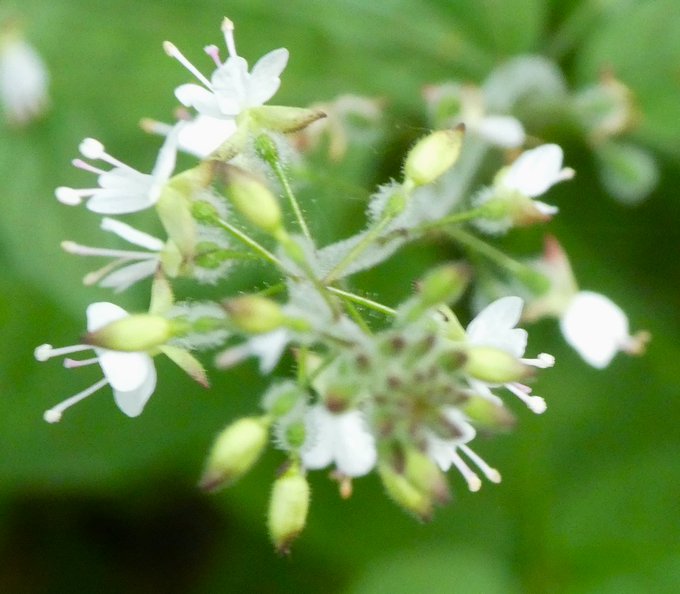
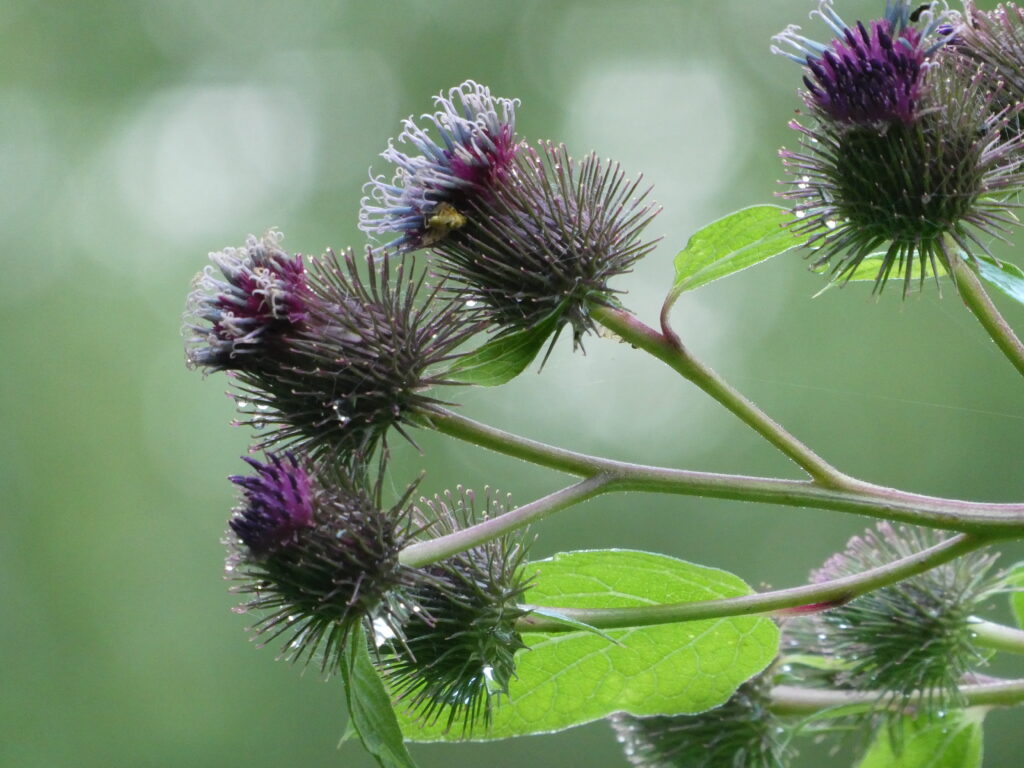
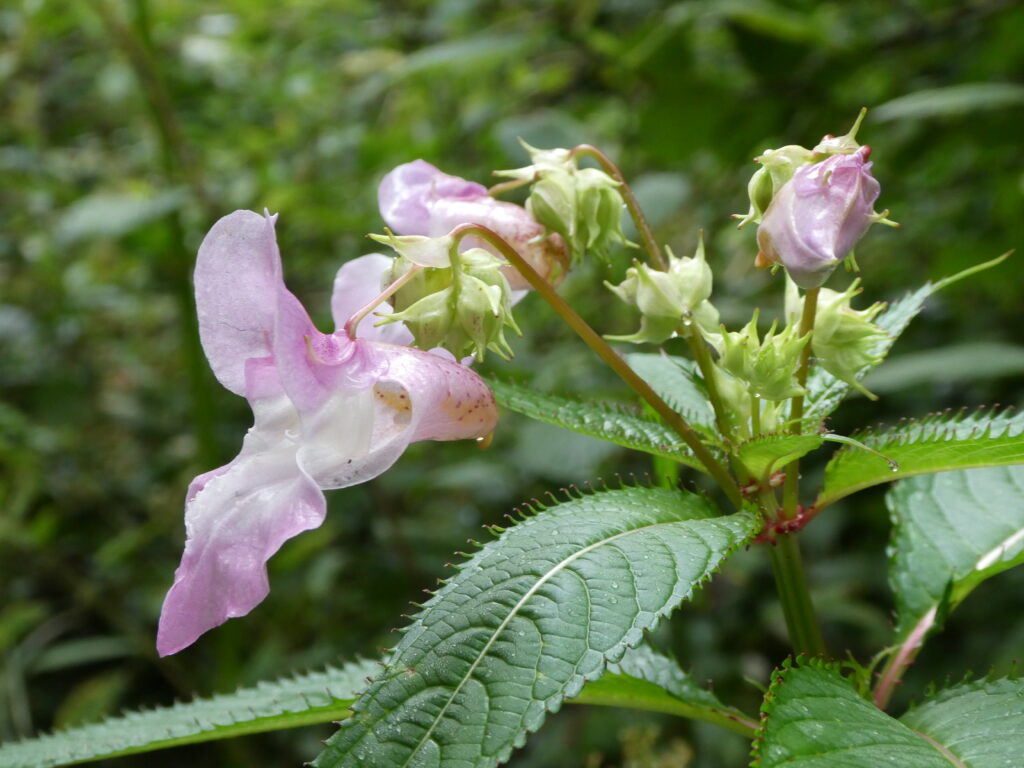


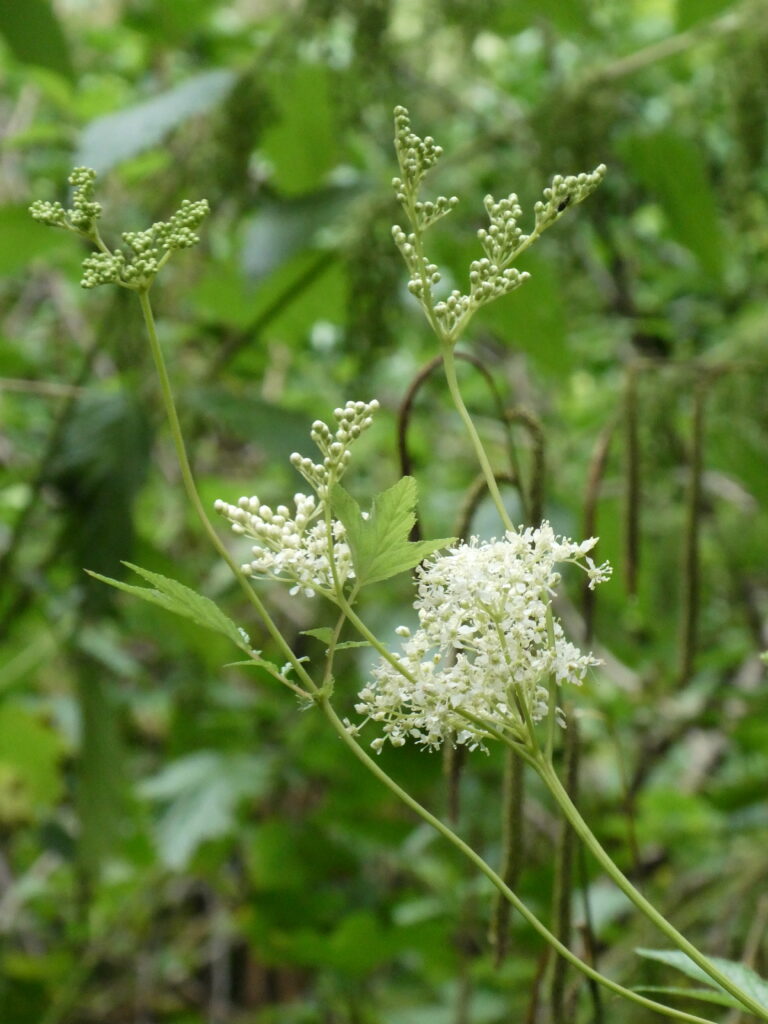
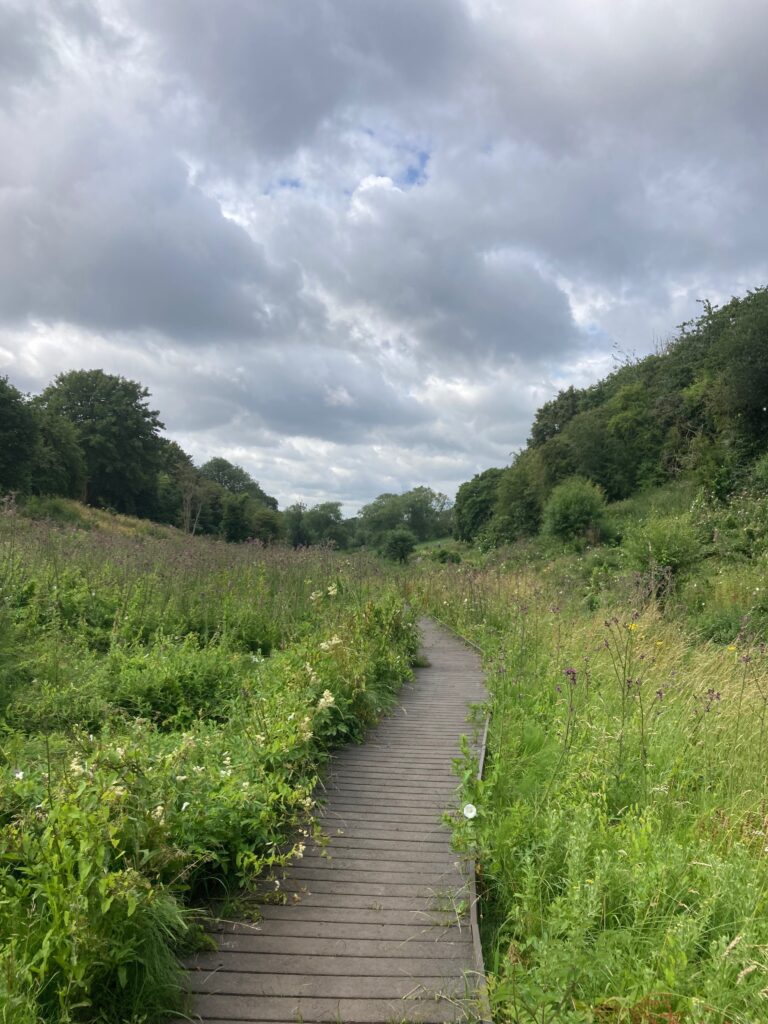
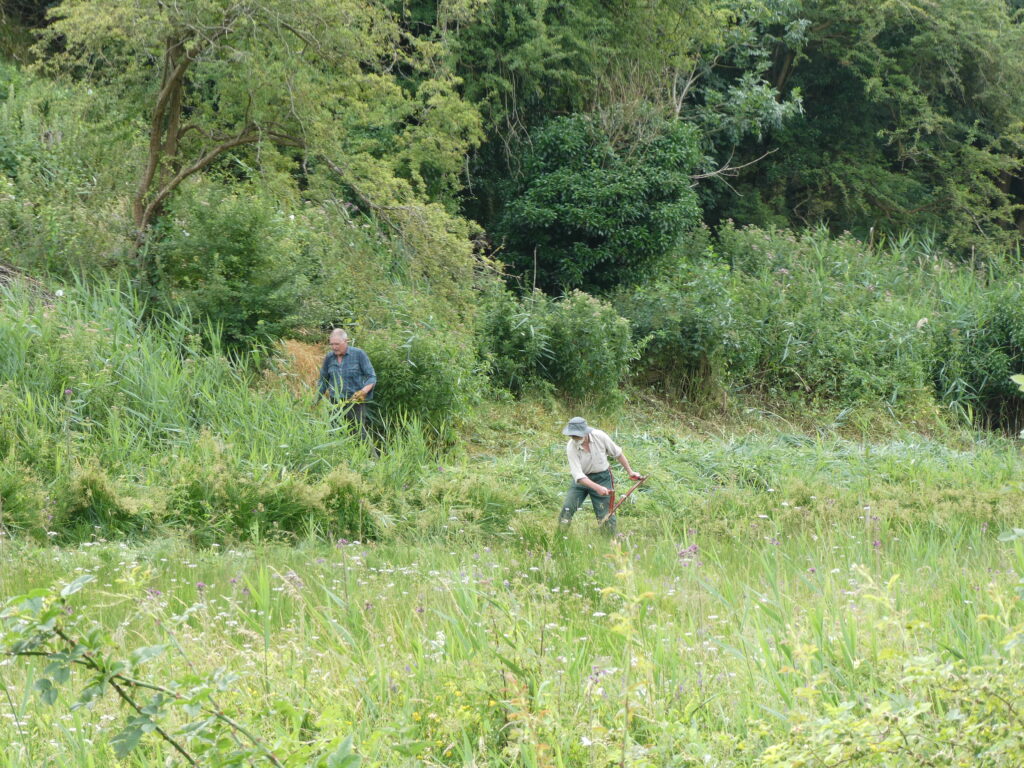
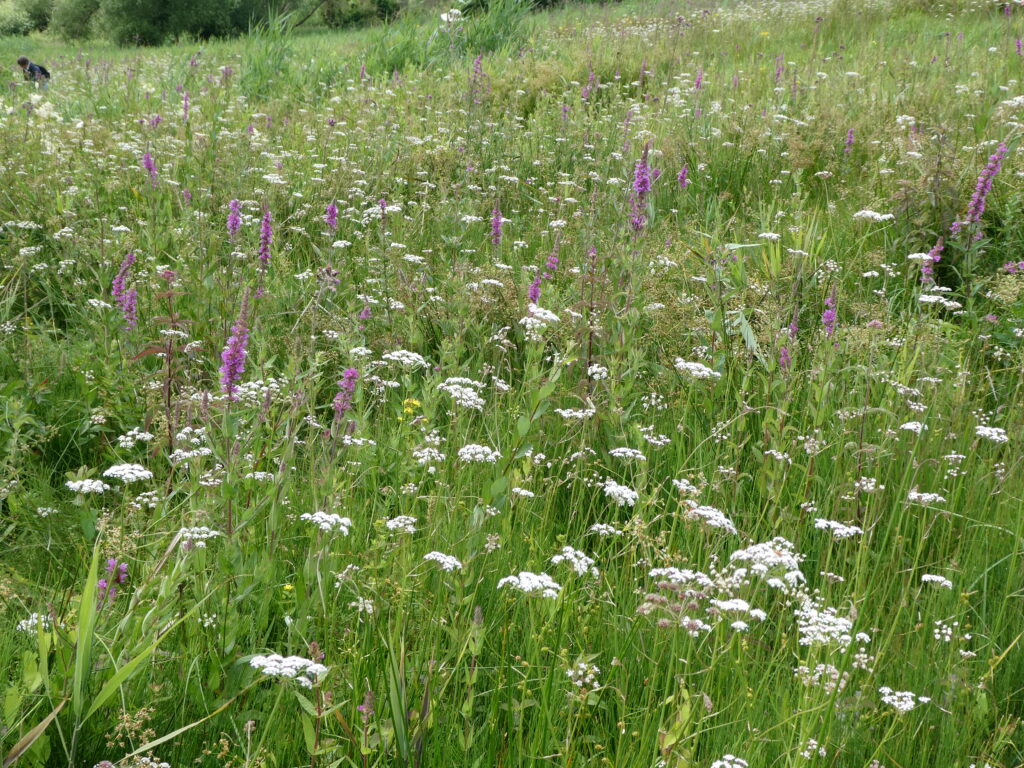
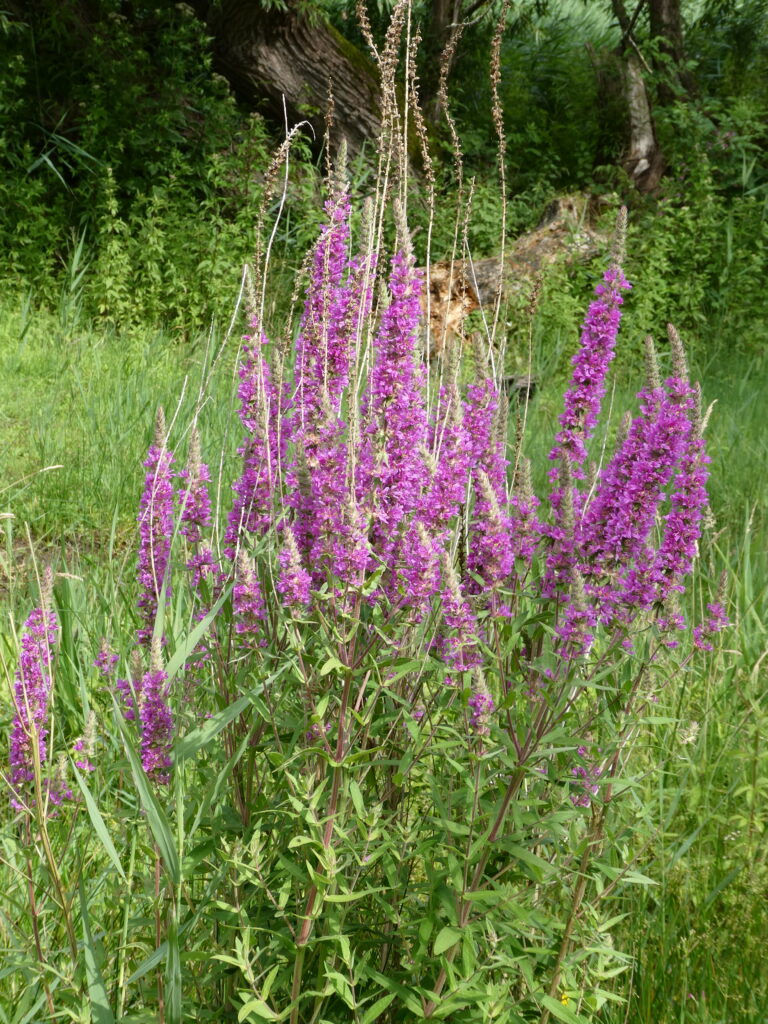
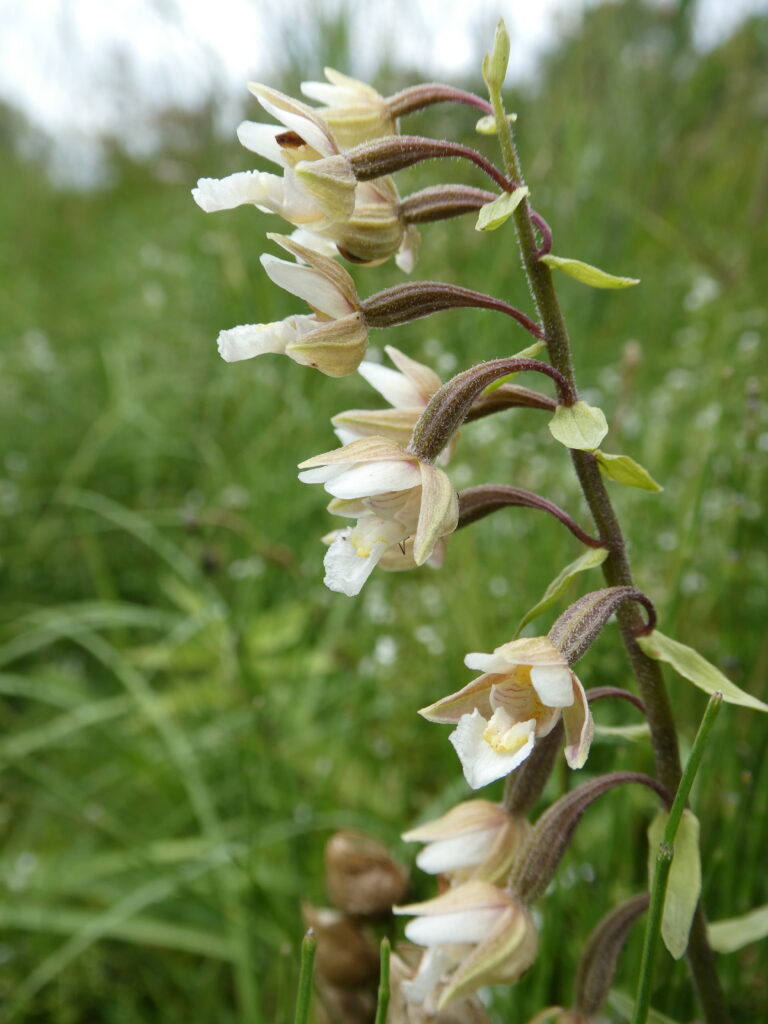
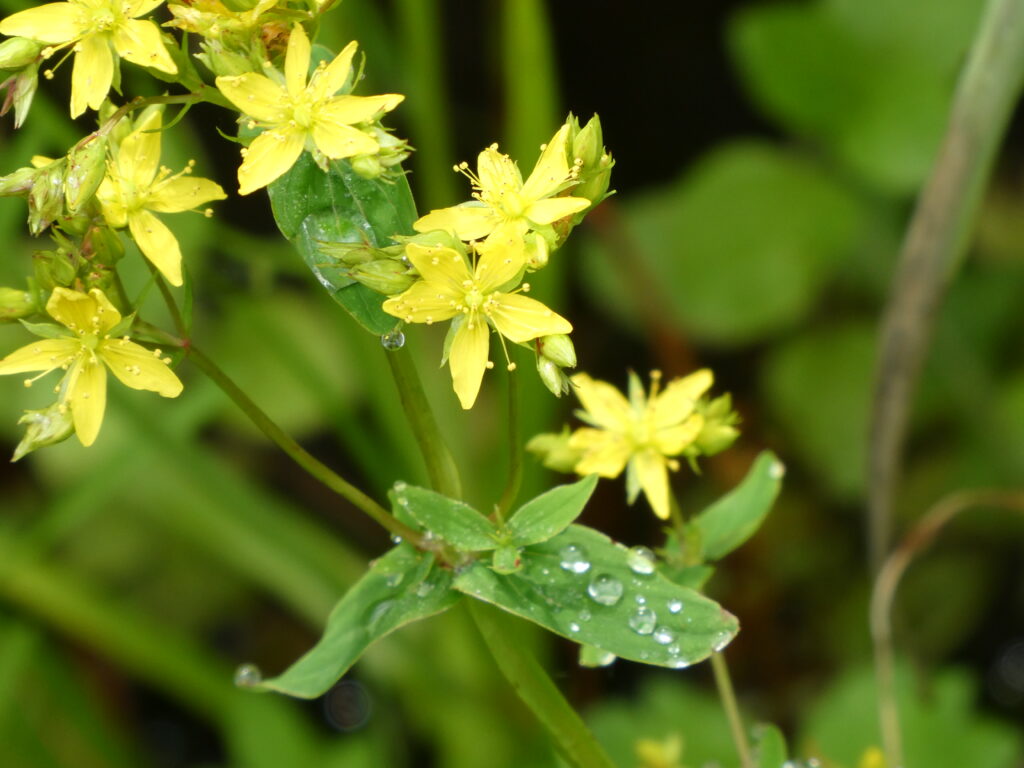
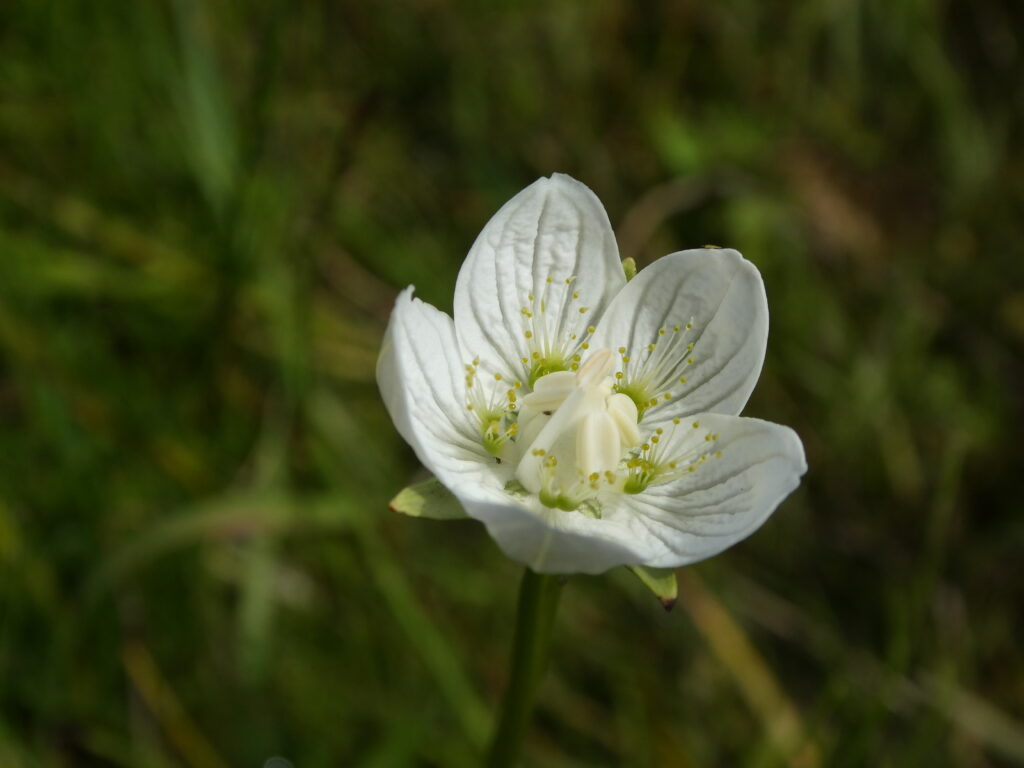
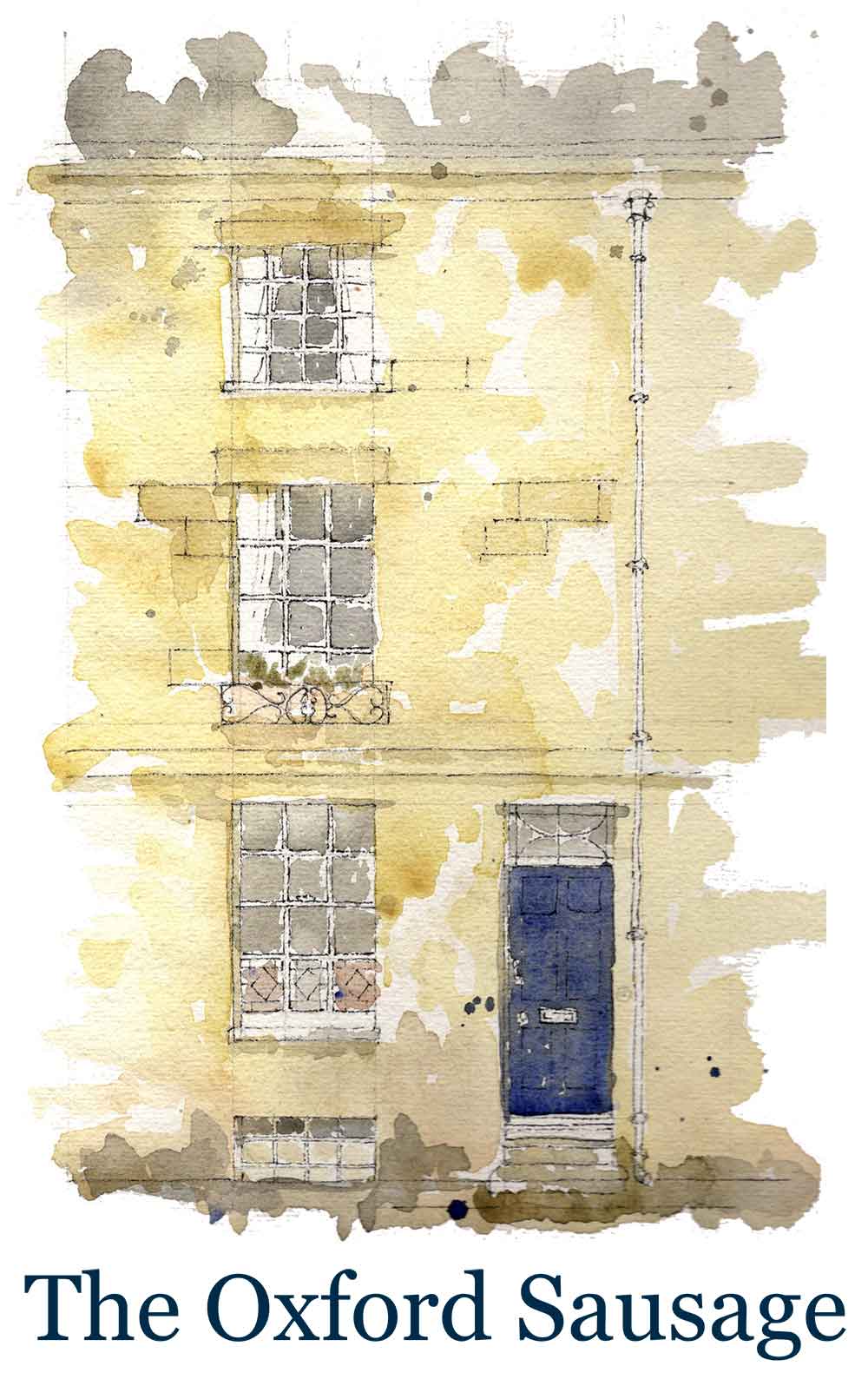
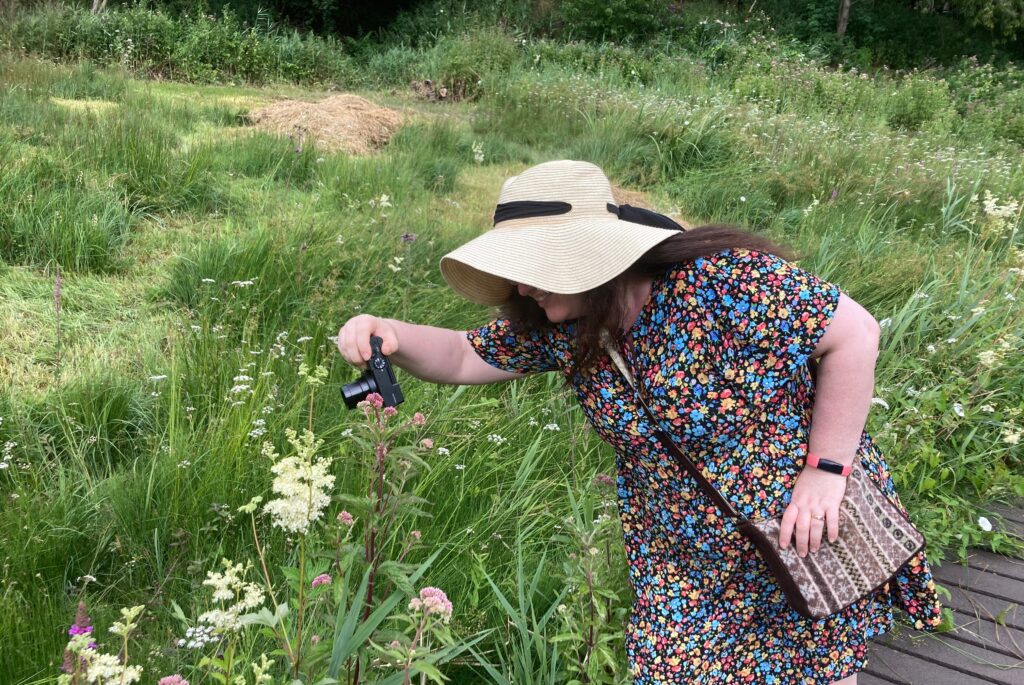
7 Comments
Join the discussion and tell us your opinion.
Beautifully written post! Makes me want to go on an expedition myself in search of the grass of Parnassus.
Lovely looking place. Lovely flowers. Lovely words.
A wonderful blog and an inspiring message. I hope you will adventure with Bea again and allow us to follow you seasonal adventures x
Thank you Emily. And yes I certainly will. She is a wonderful companion.
Lovely post Arabella – you write so beautifully! I look forward to many more floral walks x
[…] You may like to read about my other walk with Beatrice Groves to the Lye Valley https://theoxfordsausage.com/in-search-of-the-grass-of-parnassus/ […]
[…] In search of the Grass of Parnassus […]